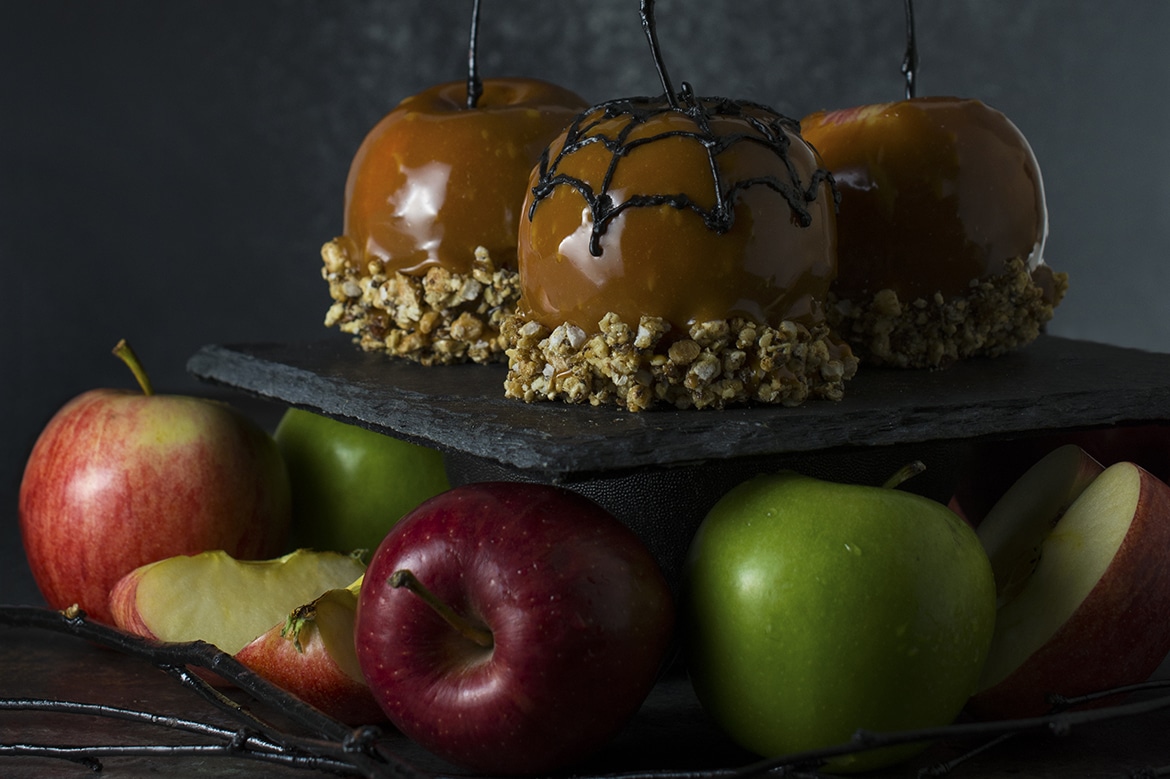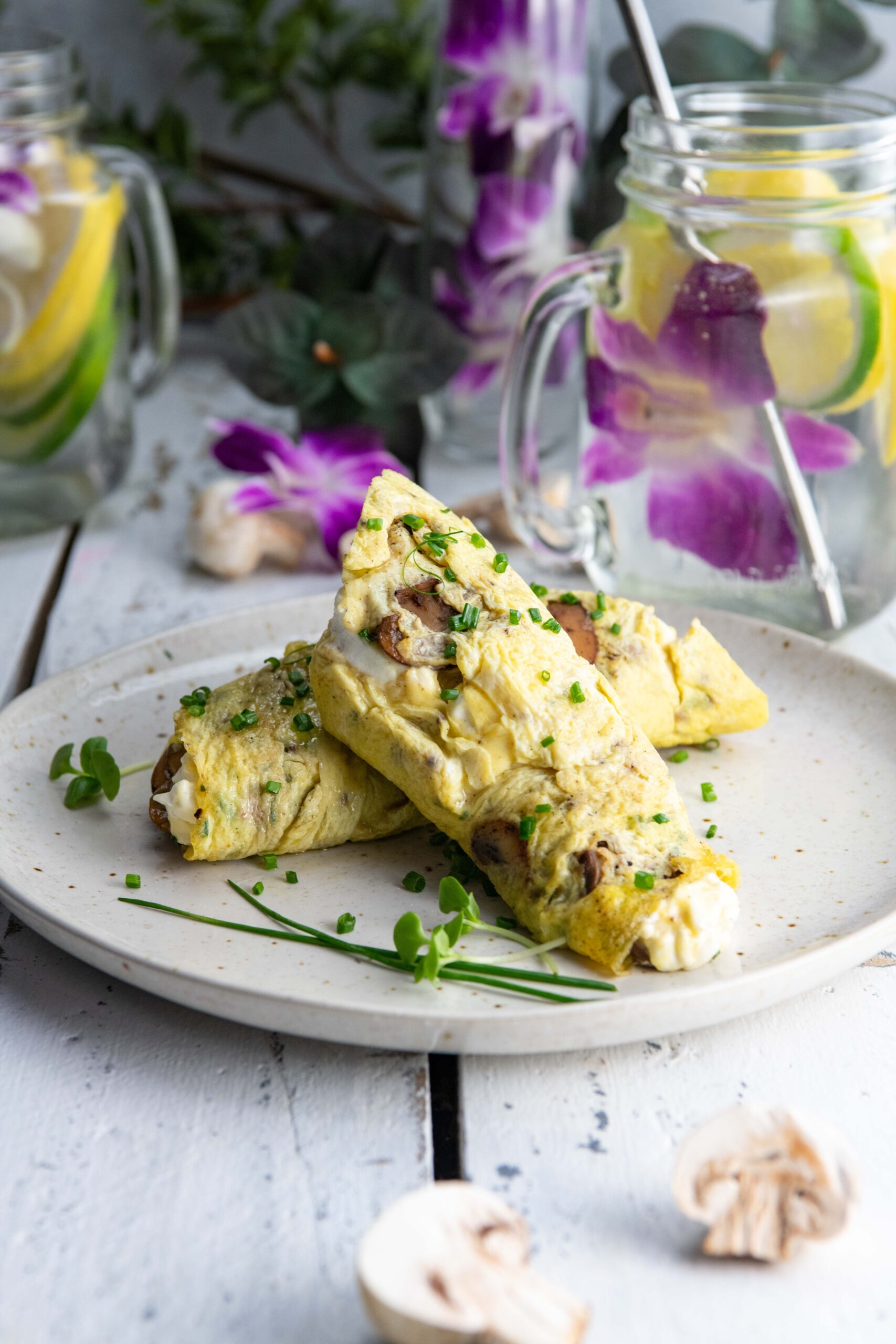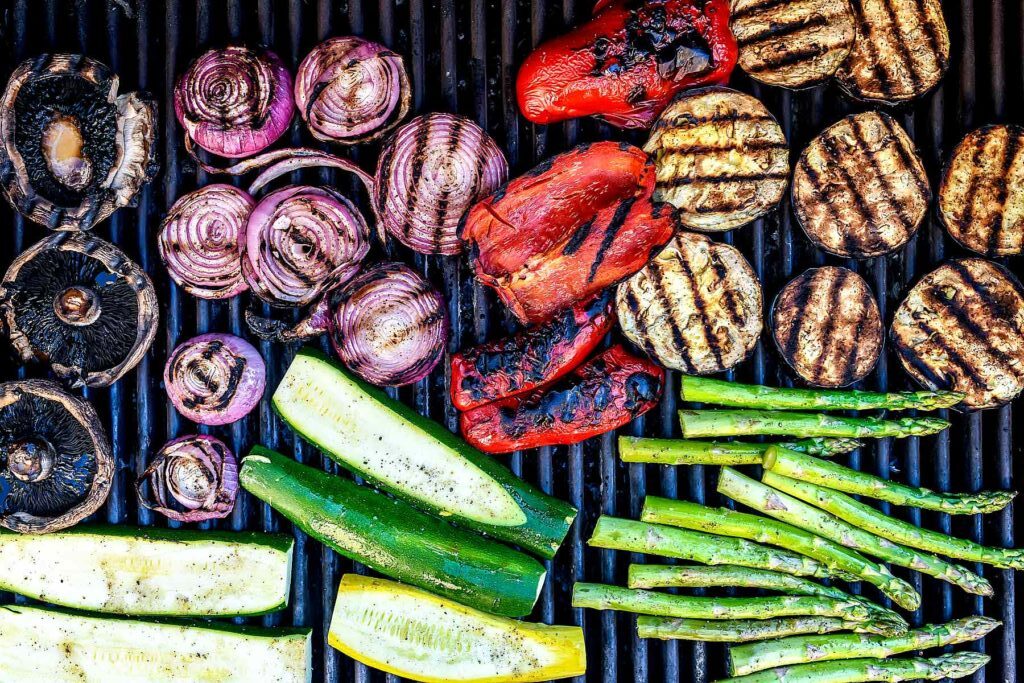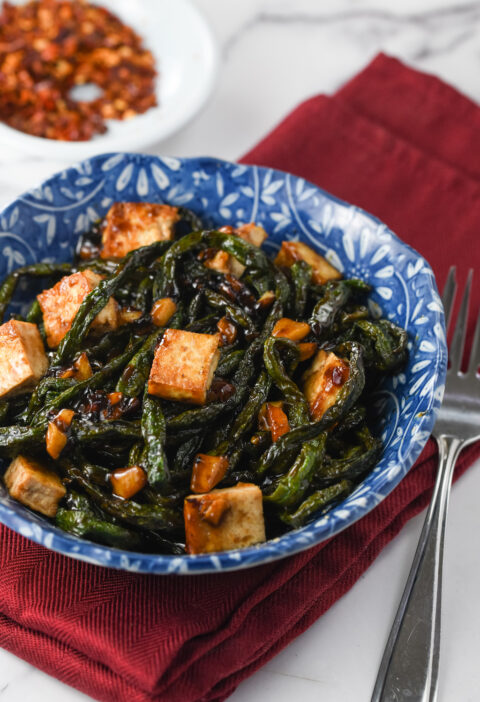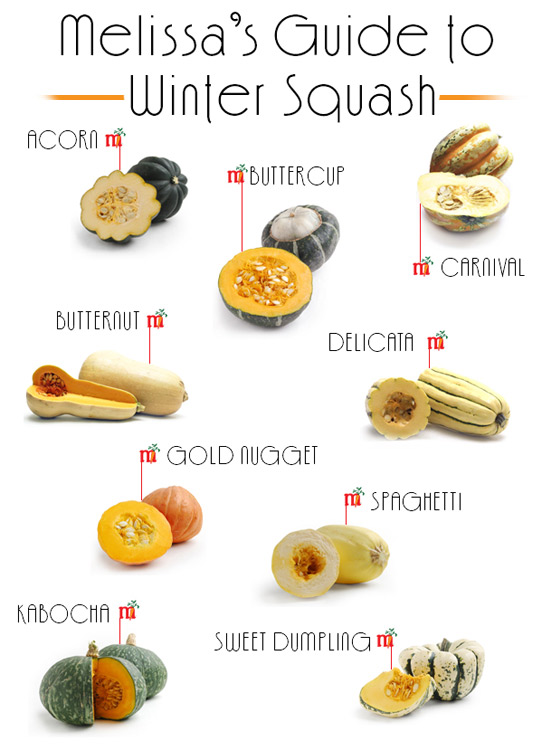Have you ever come across Tamarindo? This unusual food may possess a distinct look but it also packs quite the unique taste. You may have heard of it in passing as an ingredient but can you actually describe what it is? Is it a bean? A berry? Today we’re shining the spotlight on tamarindo. Trust, us, you’re going to want to learn all about popularly utilized fruit.
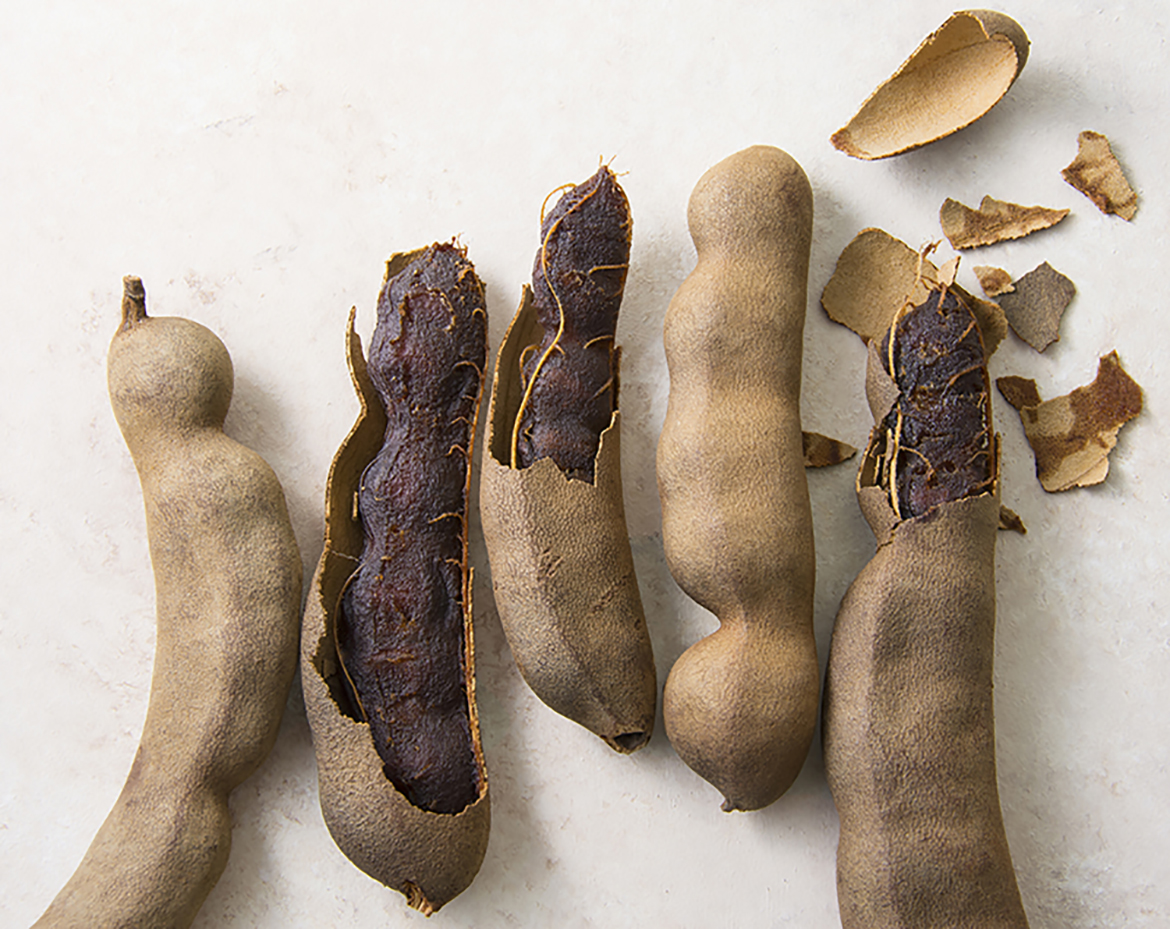
Where does it come from? Tamarindo grows in pods on the tamarind tree, which is native to Africa but also found in India, South Asia, Mexico and other regions around the world. Its tall, shady trees thrive in humid, tropical climates and can produce around 400 pounds of fruit per year. When immature and unripe, its sticky pulp starts off mouth-puckering sour and tart but develops sweeter as it ripens.
What does it taste like? A little bit of tamarindo goes a long way, we like to say. A lively mashup of dates, molasses, brown sugar and tart oranges would be the best way to describe its sweet and sour taste. Bright and citrusy, its acidic flavor packs quite the punch and gives more depth to dishes verses what you would find in merely vinegar or lemon juice. This ingredient is a favorite in Mexican, Caribbean, Indian, Southeast Asian and Latin American cooking.
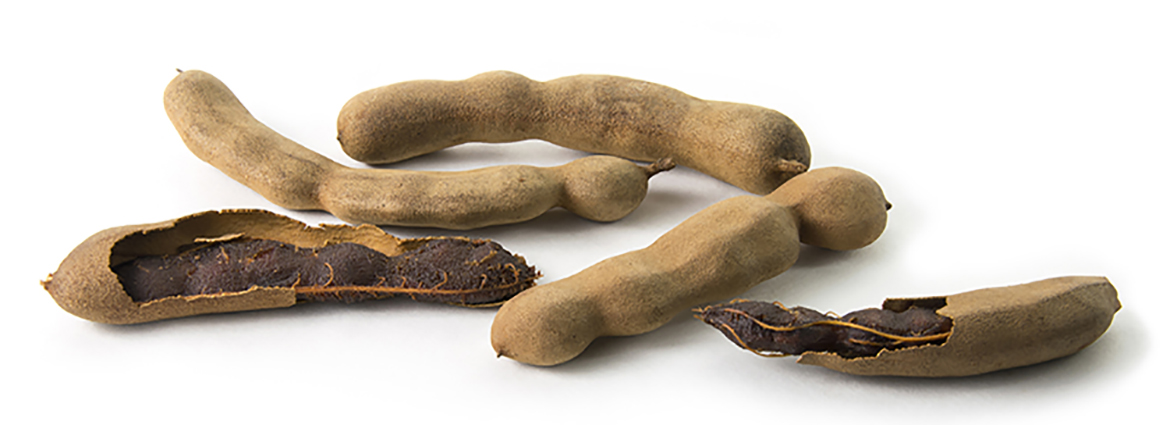
What is it used for? While tamarindo can be eaten on its own, its pulp is often mixed with sugar to soften its potent flavor. The pulp is widely used for jams and chutneys as well as the base sauce for curries, stews and desserts. Its high levels of acidity make it especially useful for marinating and tenderizing meat. And its depth of flavor and zing lends itself to condiments and both sweet and savory foods. Here’s a fun fact you may not know about–tamarindo is one of the main ingredients in the beloved Worcestershire sauce!
What to look for: Tamarindo can be found in either as whole pods, dried (ground or as powder) or in a concentrated paste form. Melissa’s Tamarindo is sold in pods with the seeds and shells intact. A fresh pod means the shell will break and separate if bent in half.
How to store and prep: Tamarindo, when stored in a cool, dry place will keep almost indefinitely. However, once the pulp is separated from its shell, it should be refrigerated to maintain its freshness. To extract about a cup of tamarind pulp to use in recipes, simply take about 4 and 1/2 ounces of pods and remove the pulp. Take the back of a spoon and mash the pulp to remove the seeds. Simmer with 3 cups of water for 10 to 15 minutes until thickened. Then pour the contents through a sieve or strainer and allow to cool. This should give you enough tamarindo pulp to use in a dish that serves 3 to 4 people. Store in the refrigerator for up to 1 week or the freezer for future use.
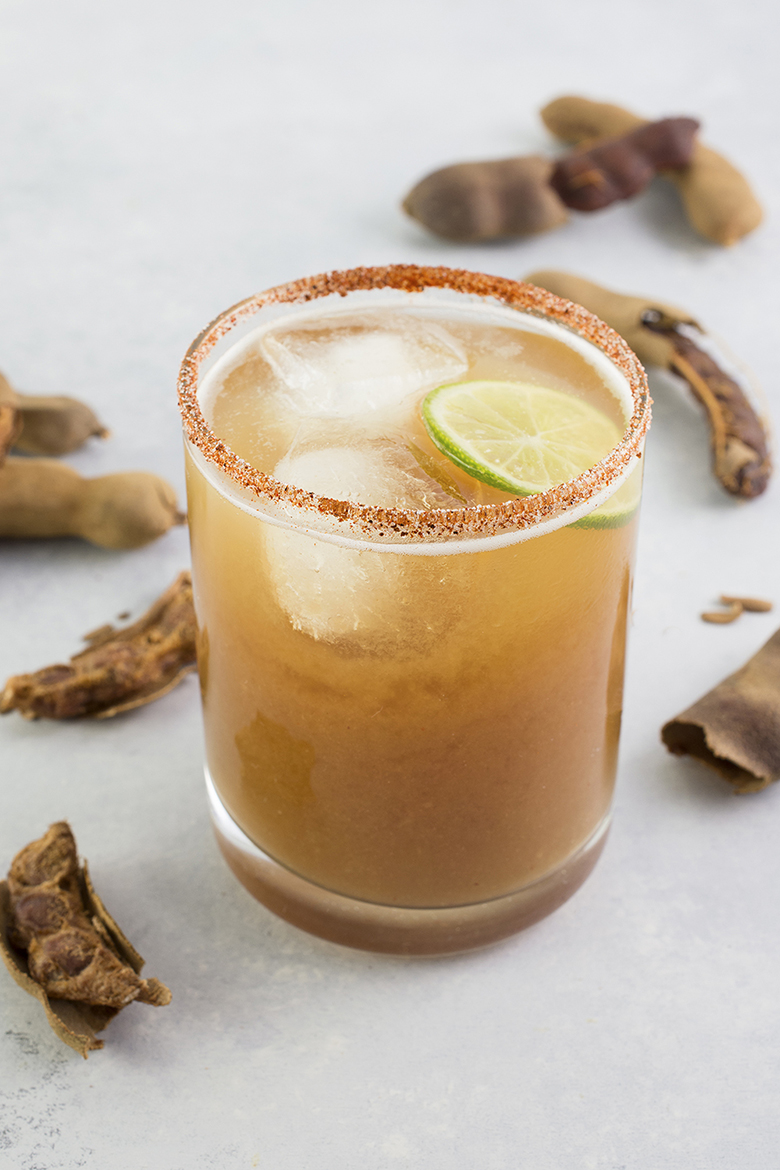
Did you know that tamarindo is also an excellent way to flavor drinks? Tamarindo is widely found in Latin American beverages from agua frescas and sodas. You can even use this tangy ingredient in cocktails and mocktails! Try this Sparkling Tamarindo Cooler at home. Sweet, tangy and bright, it’s easy to make and the perfect refreshment at any time of the day.
More Tamarindo Recipes
Okra Sambar: https://www.tastingtable.com/cook/recipes/okra-sambar-recipe-indian-stew-recipe
Tamarindo Chicken: https://food52.com/recipes/21956-tamarind-chicken
Pork, Vegetable and Tamarind Stew: https://www.epicurious.com/recipes/food/views/pork-vegetable-and-tamarind-stew
Tamarind Glazed Lamb Skewers: https://www.melissas.com/Articles.asp?ID=2785
Pad Thai Sauce: http://shesimmers.com/2011/11/pad-thai-recipe-part-four-pad-thai.html
Tamarindo Whiskey Sour: https://www.tastingtable.com/cook/recipes/Andy-Rickers-Tamarind-Whiskey-Sour

